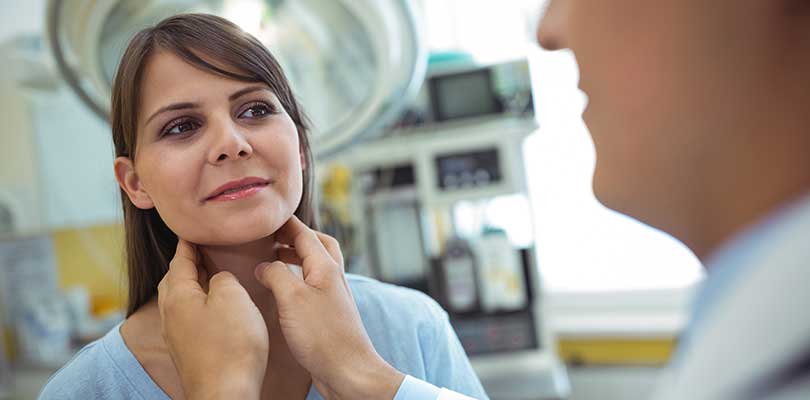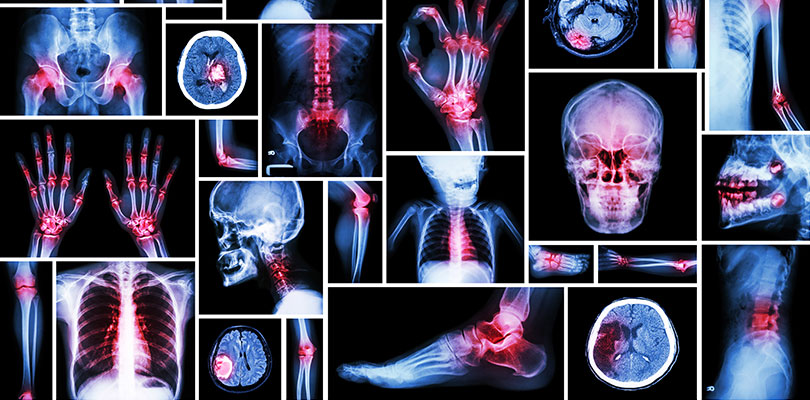What Exactly is Sarcoidosis?
Not everyone has heard of sarcoidosis. After all, the condition is rare and only impacts a small group of people and families every year.
Since the condition is rare, the process of getting the best information and guidance can be challenging. If you face roadblocks while seeking information on this disease, keep reading. We’ll cover important facts and information on sarcoidosis to improve your understanding and knowledge of treatment options.
Sarcoidosis Basics
Sarcoidosis involves a dysfunction of immune cells. Instead of functioning normally, these cells gather to form lumps called granulomas.
These lumps can be located at various places throughout the body, but often target organs. Although any location could become the center of sarcoidosis, the lungs and lymph nodes in the chest tend to be the most commonly affected areas.
Inflammation caused by an infection or exposure to certain chemicals seems to trigger the formations of granulomas. Since sarcoidosis is a complex condition with symptoms that overlap with other diseases, doctors may struggle to make the diagnosis quickly and accurately.
The Signs and Symptoms of Sarcoidosis
With sarcoidosis, the effects of the condition can vary greatly depending on the location of the granulomas and the severity of the disease. In many cases, people will have no obvious signs or symptoms of sarcoidosis while others will face a series of life-threatening symptoms.
Some of the most common sarcoidosis signs and symptoms include:
- Low mood and depression
- Low energy, low motivation, fatigue
- Unexplained fevers
- General feelings of being unwell or uncomfortable
- Pain throughout the body
- Swelling in the joints
- Unexpected weight loss
When the sarcoidosis is affecting the lungs and lymph nodes in the chest, a person may experience:
- Wheezing
- Increased coughing
- Shortness of breath during mild activities
- Chest pains
It is important to note that people with sarcoidosis in the lungs could have all of these symptoms, or a separate set of symptoms unrelated to the lungs.
As sarcoidosis harms other areas of the body, other can symptoms arise such as:
- Pain in the stomach and abdomen
- An enlarged spleen
- An enlarged liver
- Anemia
- Eyes that feel dry, burning, or itchy
- Passing out and fainting
- Heart palpitations
- Weakness
- Numerous nervous system issues including:
- Seizures
- Mood swings
- Hallucinations and delusions
- Sores on the skin
- Swollen lymph nodes
DNA testing kits can help delve into your ancestry and identify whether you have genes that may increase the chance of developing specific health issues.
Sarcoidosis Causes and Risk Factors
Though there may not be a single cause influencing the presence of the condition, there are several causes and risk factors which contribute to sarcoidosis.
To begin, the disease activates through an interaction of genetic and environmental traits. The genetic information passed down your family tree may put you at risk for the condition, and if you have the genetic susceptibility, an exposure to substance known to cause inflammation like mold or insecticides can spark the formation of granulomas.
Specific risks factors also increase the chances of sarcoidosis forming. Sarcoidosis risk factors include:
- Older age: the condition is more common in people 55 and older
- Environment and occupation: having a job that exposes a person to inflammatory substances increases the risk
- Medical health: having a type of blood cancer called lymphoma will increase the chances
- Race: the condition is more common in people with African or Scandinavian heritage
- Sex: women develop sarcoidosis more often than men
Based on these causes and risk factors, a 65-year-old African-American woman who works with chemicals would have a much higher risk of acquiring the condition than a young, Asian male with no family history of sarcoidosis.
Sarcoidosis Diagnosis and Stages
To check for the disease, your doctor can perform an extensive battery of tests. Some procedures and exams done to diagnose sarcoidosis include:
- Blood tests
- Biopsies
- X-rays
- CTs, MRIs, PET scans
- Eye exams
Based on the findings from the other tests, your doctor will diagnose the condition and assign a stage to signify the progression of the disease. The stages will vary based on the part of the body affected. With sarcoidosis of the lungs:
- Stage 1 granulomas are only in the lymph nodes
- Stage 2 granulomas are in the lymph nodes and lungs
- Stage 3 granulomas are in the lungs only
- Stage 4 pulmonary fibrosis, indicating there is permanent scarring in the lungs
Sarcoidosis Treatment and Prognosis
Sarcoidosis sounds scary, and in some situations, the disease can cause serious harms. However, there is good news, too. Most people with sarcoidosis are not very ill from the condition.
About half of all people who receive a sarcoidosis diagnosis get better within three years. What’s even better is that these people require no treatments at all.
Other people may require the long-term use of corticosteroids to treat the condition. A person might need to continue these medications for up to two years to effectively manage their symptoms.
Though the symptoms and situations may seem bleak, sarcoidosis does not have to consume your life. Always check in with a trusted doctor to receive an accurate diagnosis and appropriate treatment to handle whatever comes your way.







